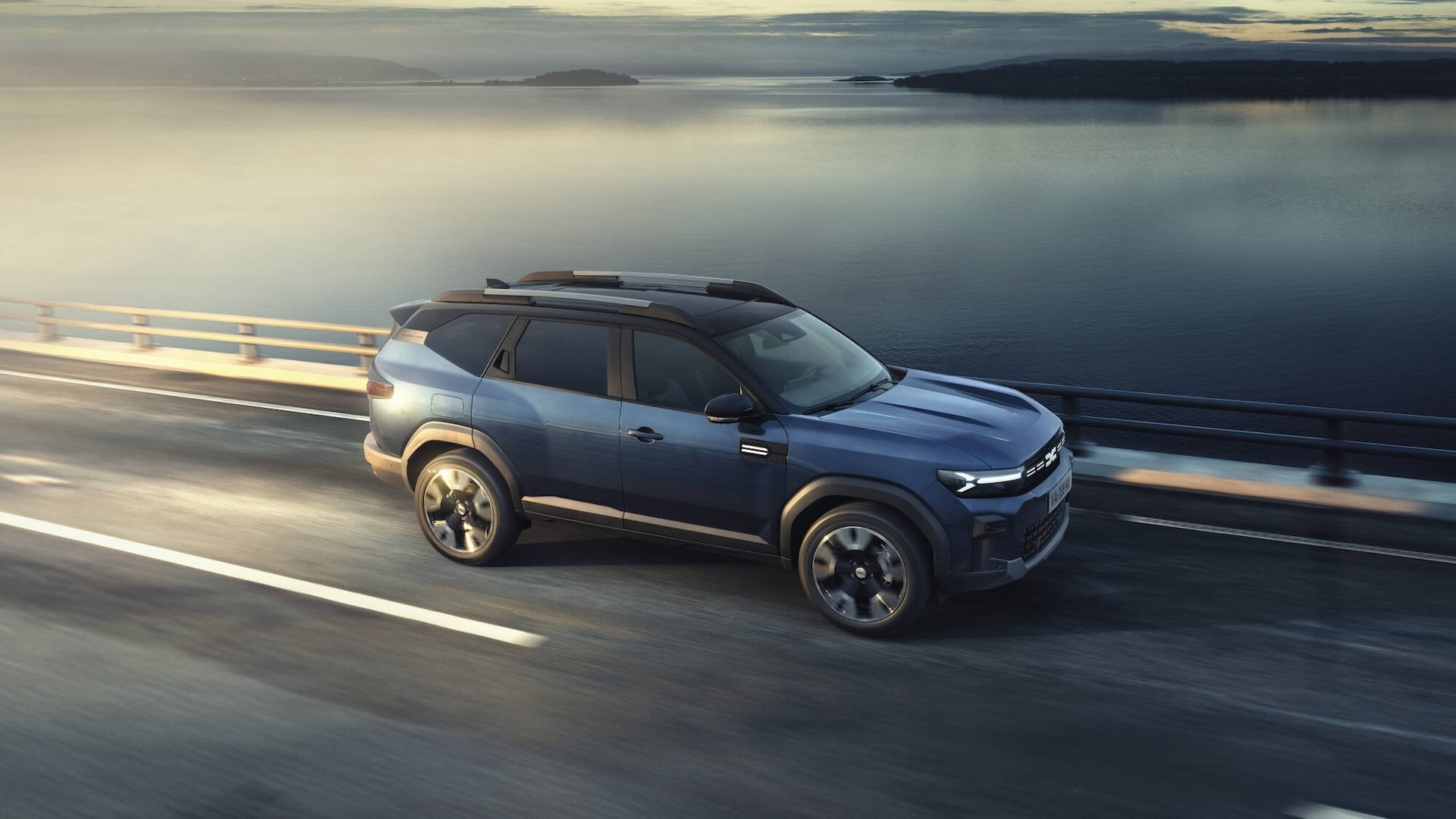When Dacia announced the preparation of a completely new SUV three years ago, which will be placed above the Duster in the brand’s model hierarchy, it raised great expectations among Czech customers as well. The Duster hit their mark, and the larger SUV, which may be a cheaper alternative to Skoda’s Kodiaq, may be able to do so again. Now the Bigster is here and it lives up to the high expectations.
What the Bigster will look like has been known for some time. When Dacia revealed its concept study, it claimed that the production version should not be too different. Of course, such statements must always be taken with a grain of salt, but in this case, Dacia was not lying. The 4.57 meter long, 1.81 meter wide and 1.71 meter high SUV built for adverse terrain is very similar to the study, which is only good.
With its latest models, Dacia speaks to customers with a modern design language that makes them forget about the label of a “cheap” car company. He looks at the news with gusto, the sharp lines together create a geometric mosaic, which understands the character of the Duster, and now also the Bigster, very well.
The novelty is reminiscent of the Duster in many ways, which especially applies to the front with the characteristic light signature of the Y-shaped LED headlights and the radiator grille. The two relatives are also similar in the rear, but the novelty does not just look like an enlargement of the Duster.
Especially from the side, it looks distinctive and mature. With the news, Dacia has welcomed the completely new C segment, in which it wants to compete against SUVs from Škoda, but also, for example, Tucson models from Hyundai or Tiguan from Volkswagen. It stands on the CMF-B platform, which is also used by Duster and Sandero.
The entire cabin of the car was designed with the greatest possible interior space in mind. Similar to the Duster, there is also a vertical dashboard equipped with a 10-inch infotainment screen, which is complemented by a 7-inch or optional 10-inch digital instrument panel.
The dashboard is connected by a high central console, in which the armrest was placed, and below it a refrigerated compartment. On the console we can also find additional storage spaces and a wireless charger. The motif of the letter Y is also reflected in some details in the interior. The engineers also paid a lot of attention to the soundproofing of the car, as well as to the processing of the seats, the individual parts of which are modified to be either more comfortable or more durable.
An interesting fact is that, although Dacia originally counted on the possibility of a seven-seat version of the Bigster, during development it came to the decision that it would not offer this version in the end. The target customer would not be interested. What will certainly be of interest, however, is a large trunk. In the case of the Bigster, it has a volume of 667 liters. When the rear seats are folded down, the car offers a flat storage area up to 2.7 meters long. So he will definitely sleep wildly in it.
After all, for lovers of adventure, the car manufacturer has also created a range of special accessories, including the Pack Sleep, which can be assembled in the rear to create a double bed measuring 190 x 130 cm and a shelf with storage space. The offer also includes a roof garden with a load capacity of 80 kilograms, a tent connected to the back of the car, a special armrest that can be turned into a backpack, or a cargo box mounted on a towing device.
The novelty will be available in four trim levels, starting with the Essential version and ending with a pair of Extreme and Journey packages. These will have 18-inch wheels, a panoramic window, online navigation, premium audio and other features, such as an assistant for driving downhill in the Extreme version.
As far as the engine is concerned, Dacia brings quite big changes here. We will not see diesel and all engines will be electrified. The most powerful choice will be the Bigster Hybrid 155 with a 1.8-liter four-cylinder and a pair of electric motors. The Bigster TCe 140 is a mild-hybrid variant with a turbocharged 1.2-liter three-cylinder engine and an auxiliary electric motor. The Bigster Eco-G 140 is a gas variant with a total range of up to 1,450 kilometers with a full tank of petrol and gas. And the Bigster TCe 130 4×4 closes the offer, which offers several driving modes designed for driving in mud, sand or snow, or ECO mode.
Dacia hopes that its novelty could reach up to three million Europeans, which is not a completely unrealistic estimate given the expected price of the car. For a long time, the automaker has been promoting the design-to-cost philosophy, where it determines the final price before development and must reach it at all costs. Dacia claims that compared to the competition, the Bigster is 20 percent cheaper. And she immediately threw in the approximate starting price of the model. It should start at 25,000 euros, i.e. approximately 650,000 crowns. The top versions should cost around 33 thousand euros, i.e. approximately 840 thousand crowns. In addition, Dacia promises that the Bigster is the first glimpse into a completely new segment, in which it would soon like to offer two more new models.

